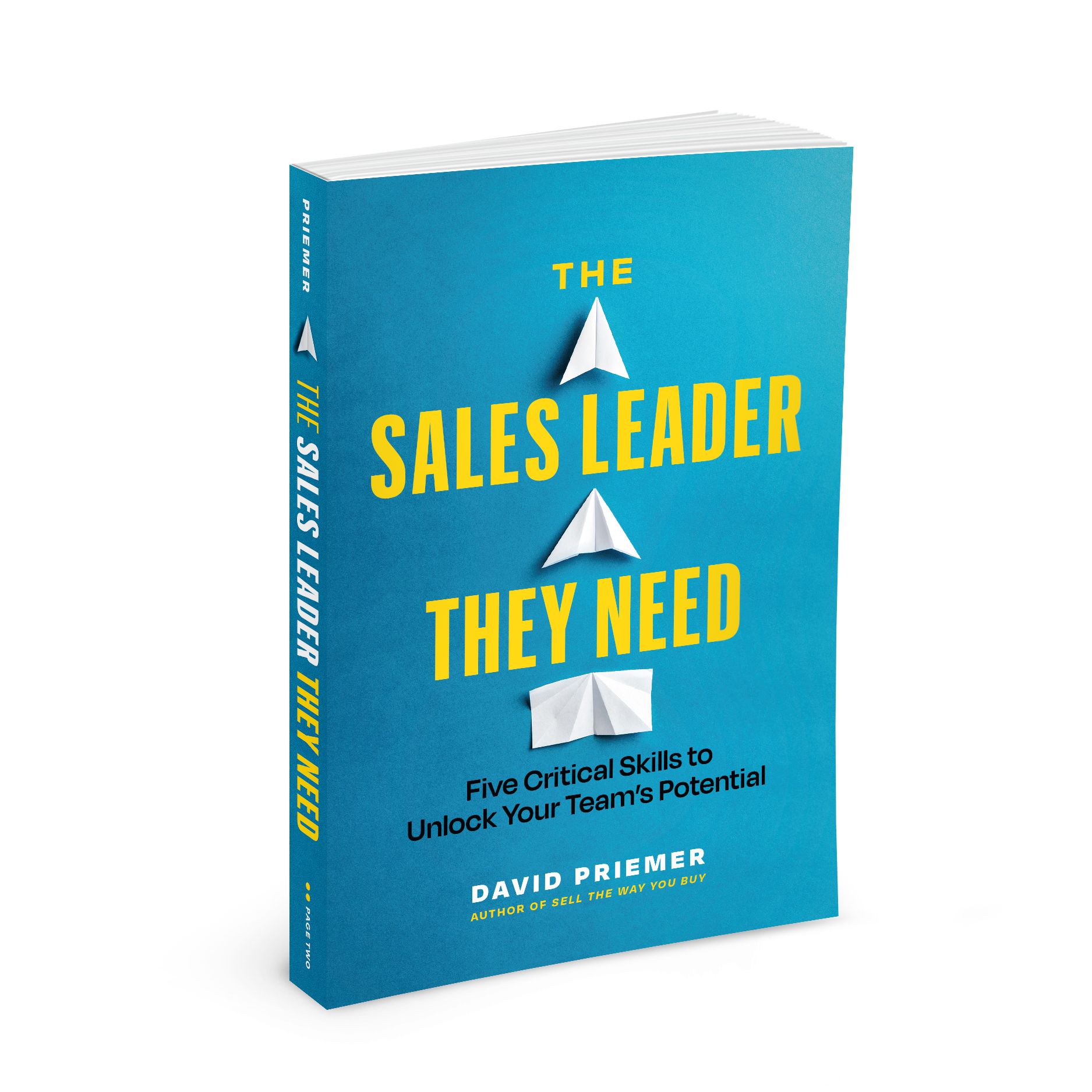How to Pitch Using Questions
What’s your favorite movie?
Chances are when you read that question your mind became both focused and very busy as you searched your data banks for a suitable answer.
You were instantly focused, trying to reconcile both factual (which movies have I seen?) and emotional information (how did I feel about them?), if only for a moment.
As a heuristic (or mental shortcut), your mind may have even contemplated whether you’ve been asked that question before, and if so, what you said last time!
Scientifically speaking, questions are powerful for two reasons:
- Thinking about them drives automatic engagement
- Responding to them produces emotional commitment (even if that answer is not vocalized).
The Scientific Power of Questions for Driving Commitment
In 1997, the New York Times published an article entitled “In War Against No-Shows, Restaurants Get Tougher,” in which it described a famous Chicago restaurant that was losing $900,000 a year because many of the customers who made reservations never showed up.
To date the restaurant had been trying to reduce no-shows by making a simple request to patrons:
“Please call us if you change your plans.”
The request was straightforward, polite, and consistent with what you might hear from any other reservation-based service.
The problem was, it didn’t work.
Using this request-based approach, the restaurant was still dealing with a 30 percent no-show rate. So they decided to change their request to a question:
“Will you call us if you change your plans?”
No-show rates dropped to 10 percent!
The reason for this incredible result has to do with cognitive science. When people are asked a question that they are forced to answer, they adopt actions that are consistent with their stated positions. This phenomenon stems from people’s intrinsic desire to reduce their cognitive dissonance, the inner conflict they have when it comes to aligning their attitudes, beliefs, and behaviors.
For example, suppose the restaurant asked you if you would call them if your plans change and you responded “yes.” In that case, you are now more likely to identify yourself as someone who honors their reservation commitments and calls if their plans change. Should your plans indeed change and you consider not calling to cancel the reservation, you are likely to experience a mild identity crisis!
Your subconscious desire to reduce your cognitive dissonance will kick in and motivate you to ensure your actions are consistent with your words and identity. This powerful psychological principle is how the restaurant in this story was able to reduce their no-show rates so dramatically.
Formulating a Question-Based Pitch
What this means is that framing your value proposition in the form of a question that people are forced to answer, even if only in their head, will cause your audience to immediately reconcile their answer with their own belief system. If they align, they will quickly internalize that value.
To begin constructing a provocative question-based pitch, it helps to start by identifying the enemy of your product or service (Note: this enemy might be something you’re very familiar with but may very well be a hidden one your customers are not). This enemy will help create rapid emotional clarity for your customer. If you’d like a quick digest on how to pick good enemies, watch this video.
Consider these solution-enemy pairings:
| Solution | Enemy |
| High-efficiency exercise machine | Lack of time to exercise |
| Email tracking software | Lack of insight about how customers interact with your emails |
| Modern sales training | Sleazy salespeople and outdated sales tactics |
| Smart-home thermostat | Wasting energy and money on heating & cooling |
| Discount mobile phone service | High-priced providers with bad customer service |
Next, simply craft a provocative question that doesn’t explicitly name the enemy, but rather, invokes it in the mind of your target buyer through the answer. In essence, the enemy should be your punchline.
For example:
| Solution | Enemy | Provocative Question |
| High-efficiency exercise machine | Lack of time to exercise | Ever feel like you never have enough time to exercise? |
| Email tracking software | Lack of insight about how customers interact with your emails | Don’t you want to know what happens after you hit “send”? |
| Modern sales training | Sleazy salespeople/outdated sales tactics | Do you ever wonder why you don’t like talking to salespeople? |
| Smart-home thermostat | Wasting energy/money on heating/cooling | Do you know how much money you’re wasting when your furnace is running and you’re not at home? |
| Discount mobile phone service | High-priced providers with bad customer service | When it comes to your mobile provider, why are you paying for call centers you hate calling? |
In each case, the question evokes an answer that aligns with the seller’s value proposition. This approach also has an additional benefit of raising pains, challenges, and opportunities that the buyer may not even consciously aware of! For example, you not have been walking around consciously thinking about the fact you don’t have enough time to exercise, but once you read the question, “Ever feel like you never have enough time to exercise?” all of a sudden, your thinking mind is engaged in trying to answer it. And if you answer it affirmatively, you’re now wondering what that person or company is selling!
The beauty here is that, if the answer to the question doesn’t resonate with your audience, then neither will your solution. This means a question-based approach can help fill your sales funnel with higher intent customers who align with the problem you solve.
Warning: as with sales approaches, there is a dark side to using provocative questions to fuel your pitch; leading questions (or logic traps). These types of questions are the equivalent of a bear trap with ten neon signs pointing to it and they immediately trigger an avoidance response in the mind of your prospect.
For example:
- “Can you use more leads?”
- “Do you like to save money when you shop?”
- “Wouldn’t it be great if everyone on your team was a top performer?”
If I say yes, I’m consenting to stage two of your horrible drive-by pitch. If I say no I’m obviously an idiot. So your prospects say nothing and never engage, the worst possible outcome for sellers.
Science tells us that using provocative questions to help covey the value or your product or service can be one of the most powerful ways to pitch. To make it work, your questions should be simple, invoke a clear enemy that attracts your target buyer, and legitimately repels those who aren’t well suited to your solution.
BONUS VIDEO: How To Pitch Using Questions
We promise never to send you junk or share your email! Just helpful sales insights.














Leave a Reply
Want to join the discussion?Feel free to contribute!